It’s late afternoon in the car park of Workington Asda. A little crowd is gathering in one corner, most of them clutching cameras and tripods. We’re not here to find ‘Workington Man’, the supposed archetypal voter who apparently all the parties need to court to win this election. Instead, Workington men and women — and a number of us from all over Cumbria — are here to watch a bunch of birds going to bed.
The sun is at that dripping egg-yolk stage where it’s about to slip behind the horizon. It’s cold, and for a few minutes you can see the panic on the faces of the birdwatchers. Perhaps the starlings aren’t coming tonight. Perhaps we’ve missed them. Perhaps the other shoppers will think we’re a bit weird.
Of course, the birds turn up at the same time they always do. We can hear them first: a rushing of wings and calls, and then the cloud of tens or even hundreds of thousands whooshes over our heads. The murmuration has begun.
Watching a starling murmuration is my version of going to evening prayer. It gives me the same slightly religious sense of wonder that I once felt in churches. The birds move in a thick shoal as they prepare for their evening roost in the winter months, crowding together to confuse predators who can’t focus on one to catch. When a sparrowhawk does get close, it pushes the birds into even stranger shapes in the sky. Fireworks seem so tame in comparison to the horses’ heads, dinosaurs, whales and mushroom clouds that starlings create in the sky, just for a moment, before flickering into another pattern. When I took some children to watch their first murmuration last winter, we all ooh-d and ahh-d as much as we’d do on bonfire night.
The wonder isn’t just in the shapes they make, but in how they know where to turn next so that they’re all together. We insult birds so often, using terms like ‘bird-brained’ to demean humans, when these creatures can perform ballets in the sky and some know how to migrate thousands of miles between the same spots each year. By contrast, I nearly missed the Workington murmuration because of a problem with my sat nav.
When the light slips away into the gloaming and even the bright rose hips and bryony berries in the hedgerows turn grey, the birds finally swoosh down to bed in a great clattering chatter, turning the reeds black.
In Workington, the birds roost in the reed beds of a nature reserve that borders the supermarket car park. But in other parts of the country, they settle on piers and bridges. If you are daft enough to swim in the wintry sea in Brighton, you can watch the birds loop-the-loop over your head as the sun sets over the neon lights on the Palace Pier.
It’s funny, because most people think starlings are boringly common, even slightly annoying birds. They can be quite noisy, and tend to empty garden bird feeders quicker than shoppers on Black Friday, squabbling all the while. But a close look reveals their bodies, which seem so black against the sky, are made up of speckly rainbows. And they are smart on the ground, too: these birds can mimic car alarms, other birds, even mobile phones as they cheekily call to one another.
In a crowd, they are little hooligans. In their great winter clouds, they’re one of the wonders of the world.
Got something to add? Join the discussion and comment below.
Get 10 issues for just $10
Subscribe to The Spectator Australia today for the next 10 magazine issues, plus full online access, for just $10.
You might disagree with half of it, but you’ll enjoy reading all of it. Try your first month for free, then just $2 a week for the remainder of your first year.


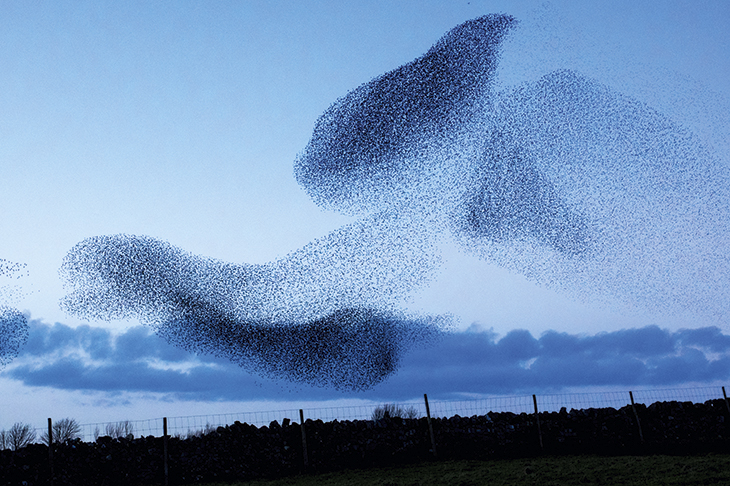


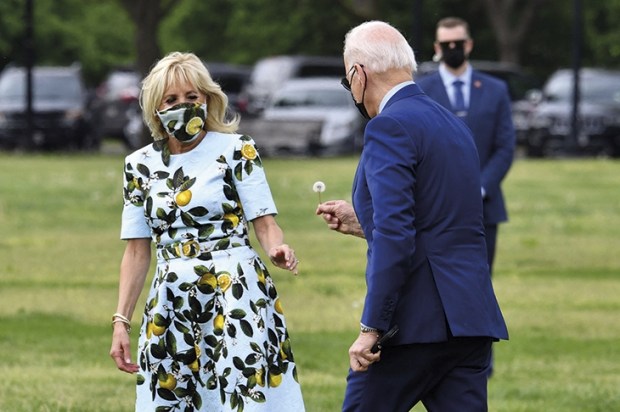
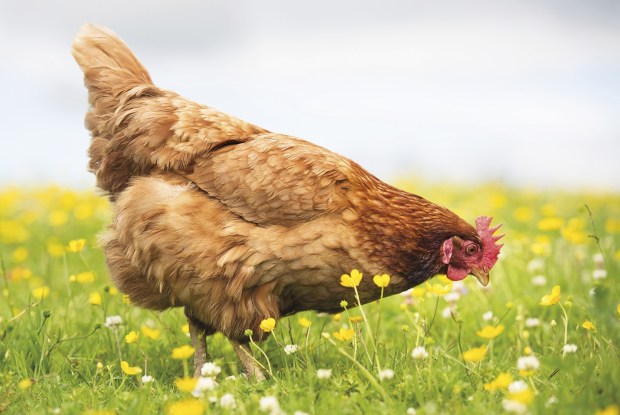
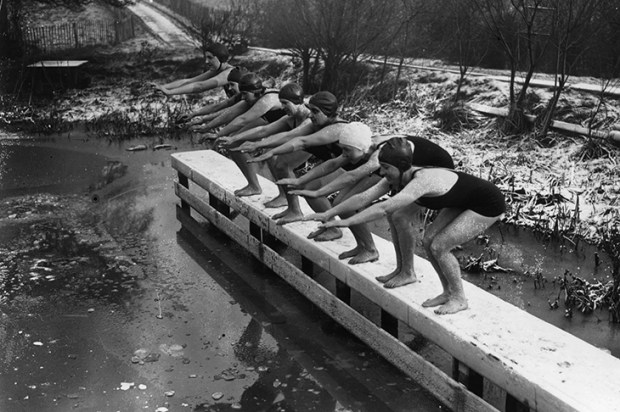
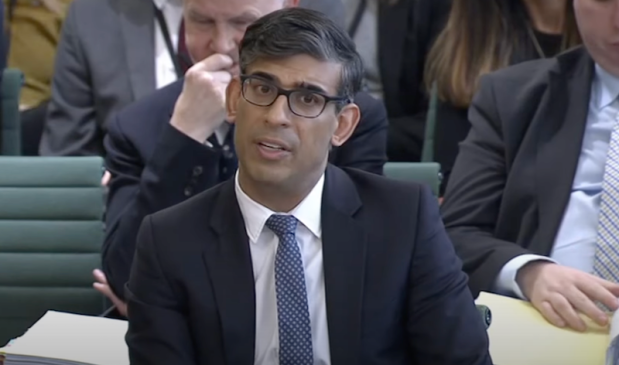






Comments
Don't miss out
Join the conversation with other Spectator Australia readers. Subscribe to leave a comment.
SUBSCRIBEAlready a subscriber? Log in